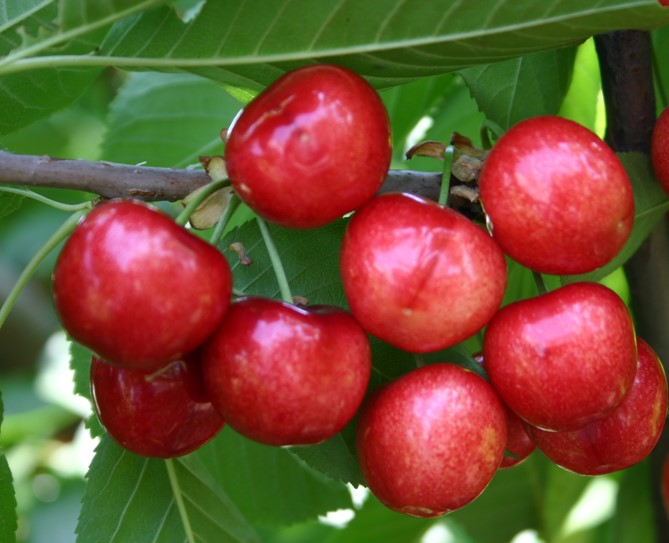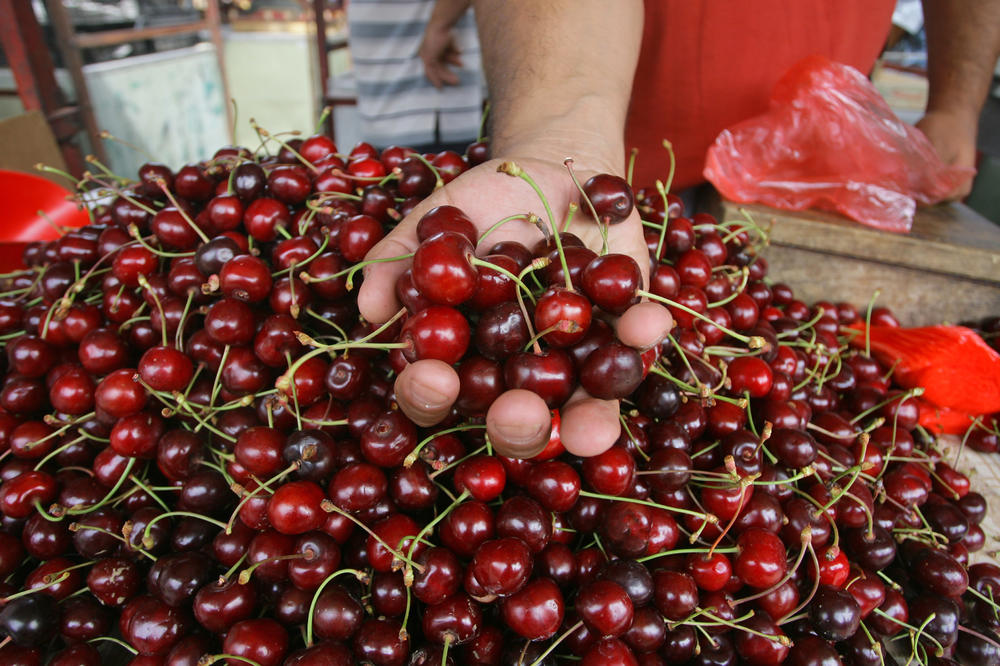The soil is in a state of permanent construction. It is not simply about wiping the slate clean at the end of the season, but quite the opposite: the soil must be constantly worked and reinforced.
To the extent that management is carried out correctly, with information and follow-up, better soil conditions will be achieved. On the other hand, if the work is inadequate, there will be no benefits, and it may lead to low productivity or even further deterioration.
In recent years, soil management has gained importance in cherry orchards, and today, producers are much more willing to improve it by applying organic amendments, using microorganisms and biostimulants, among other practices.
They are more receptive because they have observed the changes generated by these practices, such as the structuring effect of humic acid use, which improves infiltration, preventing water runoff. This ultimately results in greater nutritional efficiency and better fruit, both in terms of quality and condition.
Although there are no ideal soils, some are more suitable than others for optimal cherry tree development. “Obviously, the most determining factor is management, considering that some soils will require more inputs, which implies higher production costs and greater management difficulties, compared to more suitable soils, which are cheaper to manage,” explains Andrés Arias, a specialist in soil and water chemistry, plant nutrition, and irrigation, from the company Manejo de Suelo Regenerativo, which he co-founded with experts Diego Kirberg and Pablo Sepúlveda.
Which soils require more or fewer inputs?
Andrés Arias (AA): To determine whether a soil is "good" or "bad," we analyze it from three perspectives: physical, chemical, and biological. We also consider biological diversity, soil origin, and mineralogy. Ideally, the soil should have a good physical, chemical, and biological composition, as well as proper formation.
In the case of cherry trees, these soils are mainly found in different valleys of the country, from the Metropolitan Region southward. The best-quality soils are found in Curicó, Talca, and also in the south.
However, in the south, cherries do not reach the same market value due to commercial factors related to late harvest dates and saturated cherry markets. Nevertheless, in southern areas, we find extremely fertile soils.
But cherries are also found in the north, in places like Ovalle or Tierra Amarilla. Do these soils require more work?
Diego Kirberg (DK): Due to their origin and edaphic and climatic conditions, these are generally soils with low natural fertility, associated with organic matter content below 2%, which is why they require more "inputs."
For example, more organic matter needs to be added compared to the soils in the central-southern zone, as well as likely greater amounts of nutrients, which undoubtedly requires more work. These are also management measures that producers must consider each season to improve chemical fertility, biological fertility, and soil physical properties, ultimately creating more suitable conditions for cherry production.
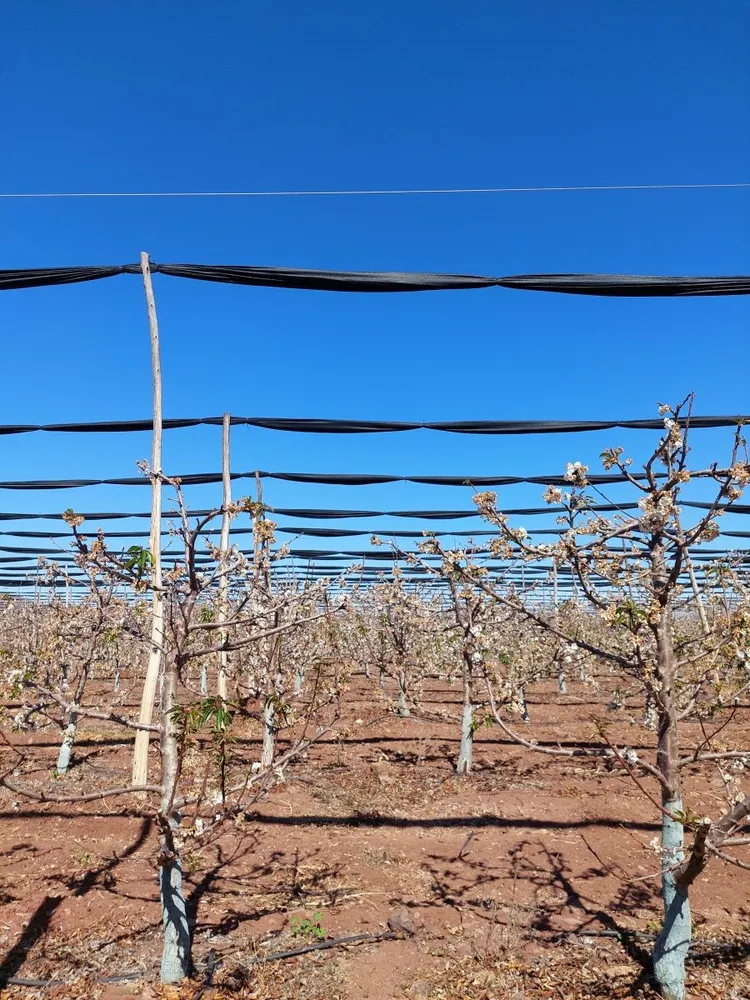 Figure 1. The soils in the northern areas of the country, due to their origin and edaphic and climatic conditions, generally have low natural fertility, associated with organic matter content below 2%.
Figure 1. The soils in the northern areas of the country, due to their origin and edaphic and climatic conditions, generally have low natural fertility, associated with organic matter content below 2%.
Pablo Sepúlveda (PS): It is interesting to note that the north is not its natural habitat. To make this work, we must condition the soil and implement management measures, such as using nets to promote cold accumulation, aiming for a specific harvest date.
However, the soil in this region is not the most suitable for supporting a species like the cherry tree. In this case, the choice of this area is not based on soil conditions but on a commercial criterion, understanding how early the fruit is harvested and exported and, therefore, the high market value it can achieve.
When starting an agricultural project, the main objective is rarely to maximize the soil's potential. However, it is possible to work on and develop it over the seasons using different tools to get closer to that potential.
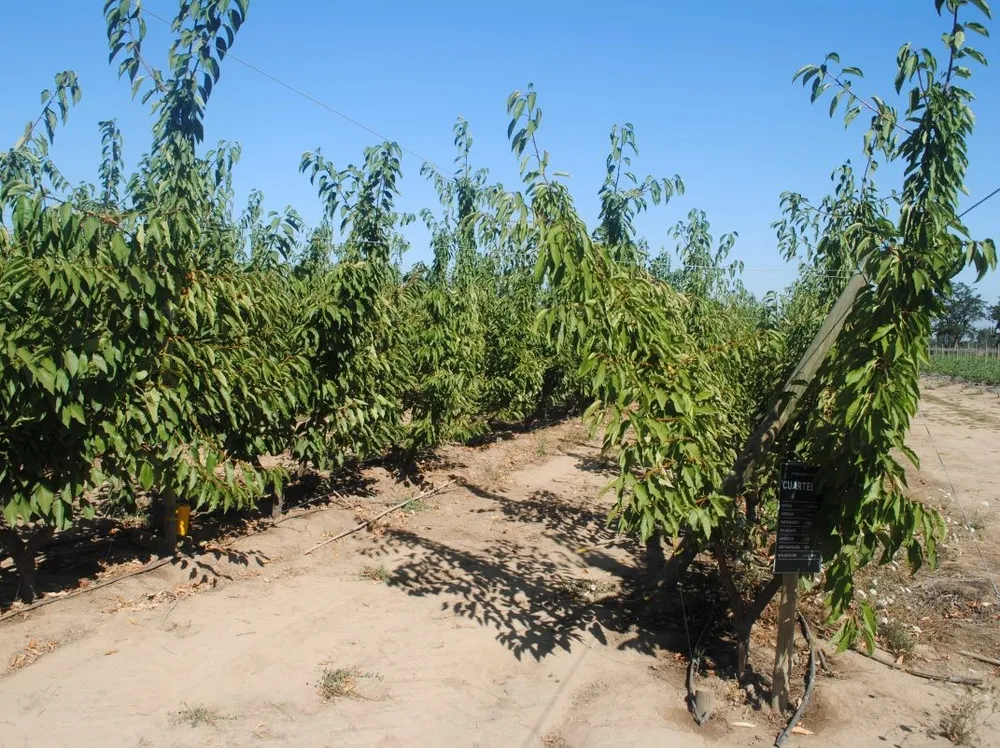 Figure 2. Soils can be worked and built over the seasons, using different tools, to bring them closer to the potential required for cherry cultivation.
Figure 2. Soils can be worked and built over the seasons, using different tools, to bring them closer to the potential required for cherry cultivation.
Management varies slightly from season to season.
DK: In general, it is different, which is why it is so important to conduct analyses to assess soil conditions, as they will provide useful information for decision-making. For example, ideally, chemical soil analyses should be conducted every season or at most every two seasons.
Based on these results, we implement different management methods to restore the soil to a balanced state and eliminate chemical production limitations. You would be surprised how much farmers can save on fertilizers by conducting these analyses regularly.
If we are in the north, where there may be salinity issues or the presence of toxic metals due to poor-quality irrigation water, constant evaluation is essential to define management, which will likely need to be carried out year after year to definitively address these limitations.
However, in some cases, certain problems may no longer be critical if addressed correctly, such as soil compaction; in this case, management can be carried out with maintenance doses that may vary from year to year.
Every year, based on various analyses—not just chemical ones—we assess the soil's condition and, based on these results, define the work to be done in the following season.
AA: It is important to distinguish between an orchard that is about to be established and one that is already in production. When working on a new project, we have the best opportunity to anticipate and manage it correctly from the start.
There are aspects that can be modified over time, such as the fertilization plan or the use of biostimulants. However, if the orchard is already planted, we will not be able to make certain physical interventions, such as the proper introduction of machinery to modify the soil. There are crucial steps to achieve at every stage because once the orchard is set up, it becomes much more difficult to make certain changes."
Benefits of Cover Crops
According to Pablo Sepúlveda, the use of cover crops provides numerous benefits. “We have less evapotranspiration because the soil heats up less; we will have less root respiration and less stress. Additionally, using this type of cover increases biological diversity and improves water infiltration.”
Regarding the type of cover to use, Andrés Arias adds: "Whenever possible, we will always prefer a living or non-living plant cover over plastic mulch. All of them generate significant changes at the soil level. One of the problems associated with plastic mulch is that I cannot expect to continue irrigating in the same way."
And if you haven't done the work properly from the beginning, it will be more complicated to deal with it year after year.
AA: Carrying out these procedures later is more expensive and requires greater effort, both financially and in terms of human labor. For example, a practice that costs X in the first year, if postponed, could cost several times more if done later.
Additionally, time is a crucial factor, as achieving the desired result will take longer. The soil needs a period to rebalance and respond to the management applied. We encourage timely work to avoid unnecessary expenses in the future.
DK: The post-harvest period is the best time for the tree to recover in terms of carbon and nitrogen reserve accumulation.
It is at this moment that certain fertilization procedures must be carried out, the balance of the soil, the balance of microorganisms, and the physical conditions of the soil must be checked.
This is a fundamental stage to give the plant the opportunity to recover, mobilize its reserves, and enter dormancy in optimal conditions.
PS: This is particularly important in southern regions, where the post-harvest period is shorter compared to other areas of the country. The post-harvest period represents an excellent opportunity for soil management that will have a direct impact on the next season.
After harvest, what are the main soil management measures?
AA: Multiple soil management methods can be implemented, but these must be adapted to the specific conditions of each orchard. However, if we talk about a common factor nationwide, it is stress.
During summer, radiation reaches its highest levels, and since the plant functions like a factory powered by daylight, any limitation in its photosynthetic capacity compromises its efficiency.
If, starting from 100% of the energy potential, we operate only at 50% or 60%, we are wasting a significant amount of energy. Additionally, even when the plant is not producing energy, it continues to consume it through respiration.
There are several management measures that can be applied to mitigate stress and help plants cope better with these adverse conditions.
The importance of proper irrigation. Having a stressed plant or orchard in Limarí, Curicó, or Osorno is not the same.
AA: In the north, the main challenge is salt stress; in the central area, thermal-light stress; and in the center-south, water stress (deficit or excess). These factors are closely related to soil conditions and irrigation management, making them particularly relevant.
For example, in the north, soils have a low water retention capacity, whereas in the central region, retention is intermediate, and in the south, soils retain much more moisture. Currently, one of the biggest challenges is balancing irrigation, avoiding both excess and water deficit.
Over-irrigation can cause root anoxia, compromising root health. In the north, water is usually saltier and has higher electrical conductivity, making it difficult to absorb some elements and worsening the poor moisture retention of the soil.
In the central zone, soils tend to compact, reducing root oxygenation. In the south, soils are often highly leached and thus require appropriate fertilization. Additionally, they have a more acidic pH and often a phosphorus deficiency.
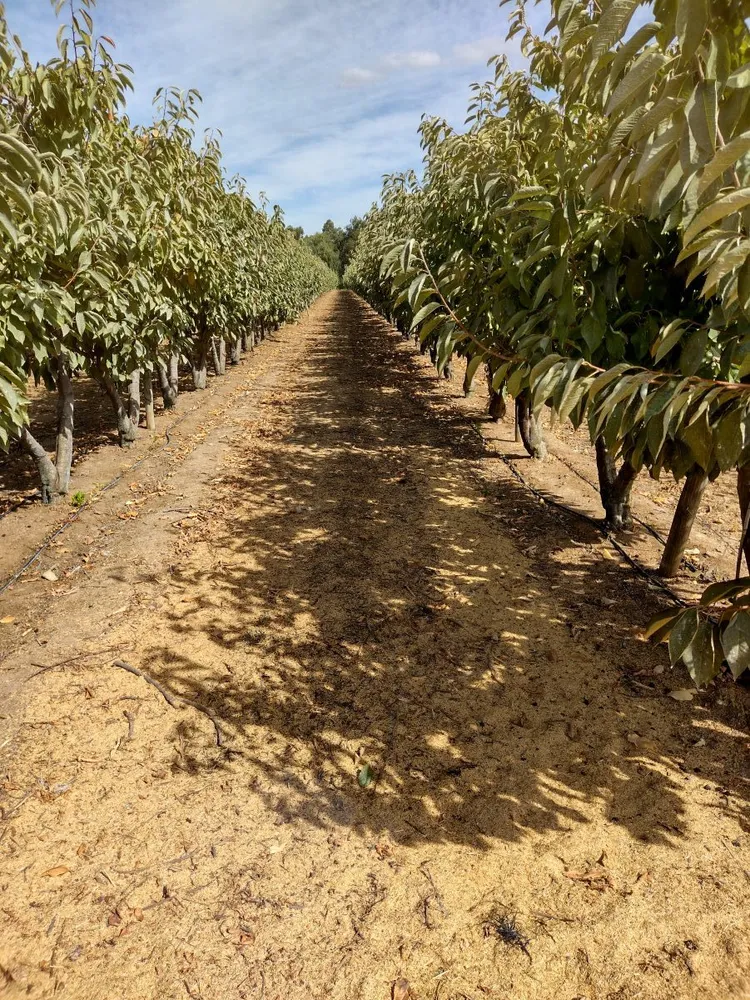 Figure 3. According to the interviewed specialists, a plant cover (living or non-living) is better than plastic mulch. In the photo, a layer of rice on a row of fields in the Maule region to improve soil compaction issues.
Figure 3. According to the interviewed specialists, a plant cover (living or non-living) is better than plastic mulch. In the photo, a layer of rice on a row of fields in the Maule region to improve soil compaction issues.
Are we over-irrigating?
DK: In many cases, yes, because proper soil monitoring is often neglected. If the soil is compact and prevents root development, water will never be absorbed correctly. In these conditions, even if we replace the theoretically needed water, the plant will not be able to use it, leading to over-irrigation. This issue is common in many productive areas of the country, where we observe more excesses than water deficits, whether in the north, center, or south. Moreover, in the post-harvest phase, irrigation should not be conducted in the same way as the rest of the season.
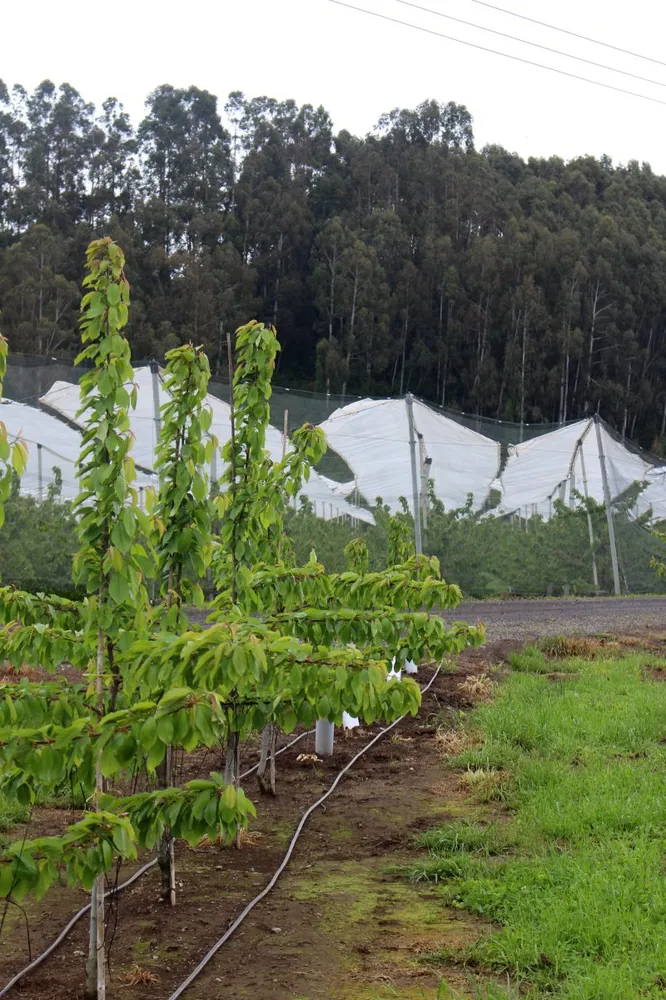 Figure 4. Today, one of the main challenges is balancing irrigation, avoiding both excess and water deficit.
Figure 4. Today, one of the main challenges is balancing irrigation, avoiding both excess and water deficit.
How should post-harvest irrigation be carried out?
AA: In the post-harvest phase, we have the opportunity to adjust irrigation to determine the most appropriate soil moisture levels, achieving an optimal balance between water and oxygenation.
If we continue irrigating the same way as during the season, we risk generating excess water, which is detrimental to nutrient absorption.
It is concerning that irrigation is carried out in a standardized manner, following a "recipe," instead of adapting it to the specific needs of each orchard sector. The ideal time to fine-tune water application is post-harvest.
One of the biggest mistakes, understandable from a practical perspective, is irrigating the same way and for the same duration in all quarters. This results in over-irrigation in some areas, adequate irrigation in others, and water deficits elsewhere.
If we truly want to improve, we must aim for a detailed irrigation adjustment, and post-harvest is the ideal opportunity to do so.
Source: Rodrigo Pizarro Yánez, Redagricola
Images: Redagricola
Cherry Times - All rights reserved









